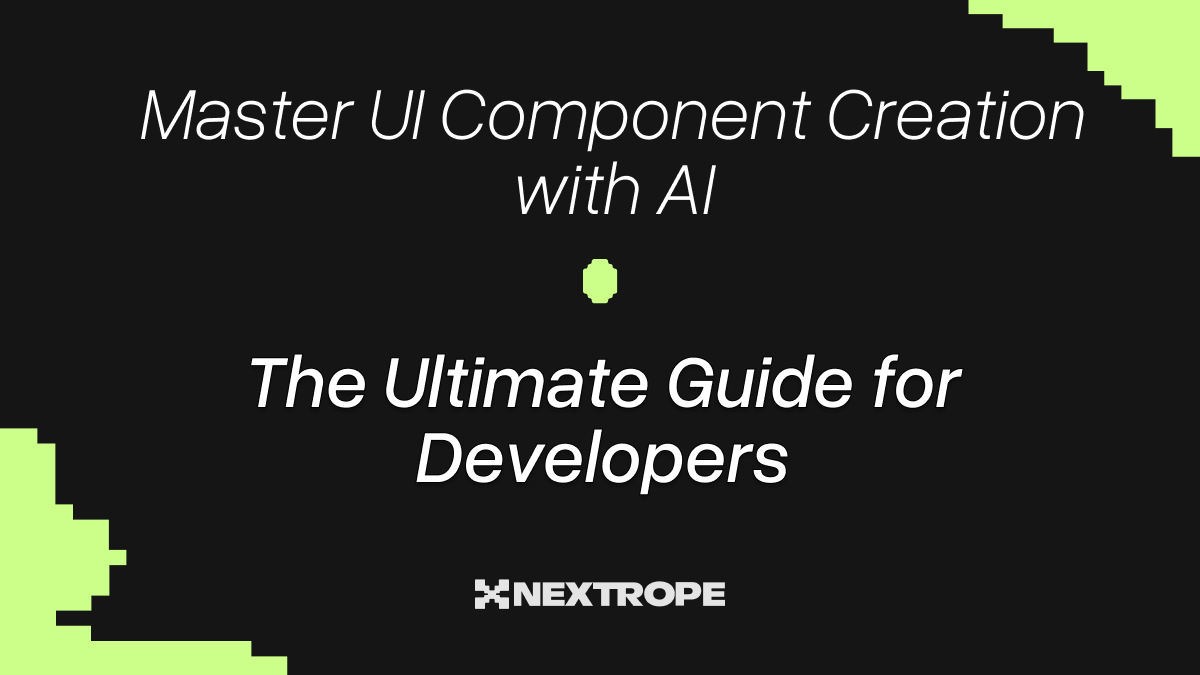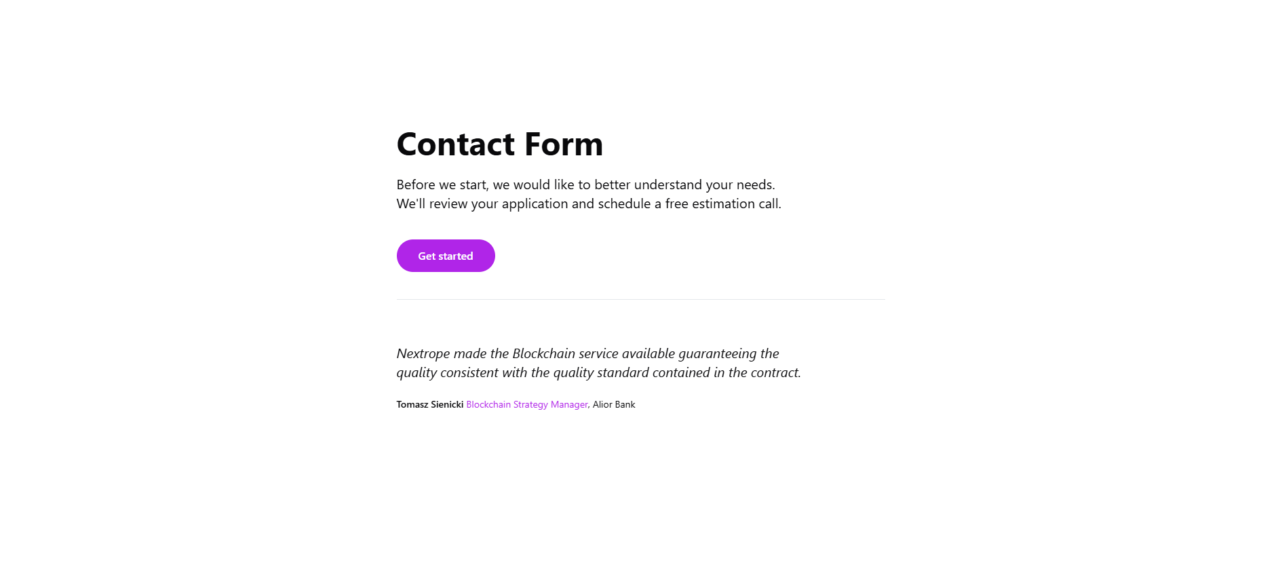Decentralised apps are winning the hearts (and wallets) of users around the world. But despite their growing popularity, the process of launching them remains fraught with challenges and obstacles. What do you need to know before you start working on your DeFi application project? What are the most common mistakes?
The implementation of DeFi applications requires specialist knowledge and a range of diverse skills. A deep knowledge of the decentralized finance market and a team proficient in Blockchain technology are the absolute foundation.
At Nextrope, we have a track record of working with a number of DeFi projects for which we have created numerous successful solutions in the market. Based on our experience, here is everything you need to know to build a successful DeFi App.
How to build a Defi application ?
What you need to keep in mind when planning a successful DeFi project:
- Contact with the target group
- Speed of project development
- Experienced development team
- Thorough analysis of business logic
- Integration with other DeFi apps
- Refined UX Design
Contact with the target group
It is important to accurately define the target audience of your DeFi app. This will help you not only in planning your project, but also in testing it for UX optimization. Try to catch up with people who might be interested in developing your solution. Their thoughts, comments and insights on using your app will be extremely valuable. Social media such as Twitter, Facebook or even LinkedIn mare great for this purpose.
Additionally, building a community around your project before it's even launched will make it easier to market and limit the migration of users to other applications.
Speed of project development
The DeFi market is developing extremely dynamically, so the goal of every project is to deliver a new solution in the shortest possible time. Significant delays may lead to the fact that the competition will overtake us.
In our experience, the optimal duration of a project is 3-5 months. It is extremely important to divide it wisely between three basic stages: planning, development and testing.

A team of experienced programmers
The implementation of a DeFi app project requires a wide range of skills related to the use of the sublime technology that is Blockchain. That is why an experienced and proven team of developers is your key to success. Be sure to read the article on how to choose the right software house.
Make sure that the competence of the people you want to entrust your project to is impeccable, especially in the following areas:
- Creation and development of smart contracts
- DAO
- UI i UX
- Project testing
Thorough analysis of business logic
Even a brilliant idea based on the best technology stack can fail if the business analysis done at the start is inaccurate. Remember, your application will not succeed if it does not meet the following conditions:
- represents a new and interesting solution in the decentralised financial market
- it is more profitable than other DeFi applications
Make sure that your analysis takes them into account and accurately describes the plan for their implementation. From the technological side, the implementation of these assumptions should be described in detail in the SRS - software requirements specification, which will be presented to you by the outsourcing service provider.
In Nextrope you can count not only on the highest quality programming services, but also on business and technology consulting based on the experience gained during the implementation of dozens of projects. So by developing DeFi app with us you can be sure that its development will look exactly as you need it to.
DeFi application = the need for integration
Today, DeFi apps are unable to operate in isolation from each other. The world of DeFi apps is becoming a gigantic, branching ecosystem where projects either compete with each other or are connected to each other. This is due to the needs of the users themselves, who expect to be able to sync and move seamlessly between apps, and after all, it is for them that you optimize your project.
Integration is a complex issue, so it is crucial to allocate sufficient resources and time at the planning stage. Typically, the integration process starts with working with market giants such as Compound, Aave or Curve.fi. These protocols have diverse interfaces and functions, so the developers you hire should have extensive experience not only in creating code, but also in reading it.

Refined UX
Your app may even move mountains, but if it is difficult and unintuitive to use, its user base will remain extremely narrow anyway. A well-thought-out and well-designed UX is the basis of modern financial applications.
We understand this very well at Nextrope, which is why in our team, next to Back End specialists, there are Front End programmers and experienced UX designers.
Building the DeFi application - summary
Creating a DeFi app requires in-depth knowledge not only of technology, but also of finance and business analysis.
So why not support yourself with a proven outsourcing provider who has experience in similar assignments? After all, despite the best planning, unforeseen obstacles may appear during the implementation. This is when the support of a software house, which is well acquainted with similar cases, will prove particularly helpful.
At Nextrope we have worked on a wide variety of DeFi applications and are very familiar with the specifications of such projects and the various problems that arise during their implementation. If you want a solution that will surprise the market, contact our team.
 en
en  pl
pl 












